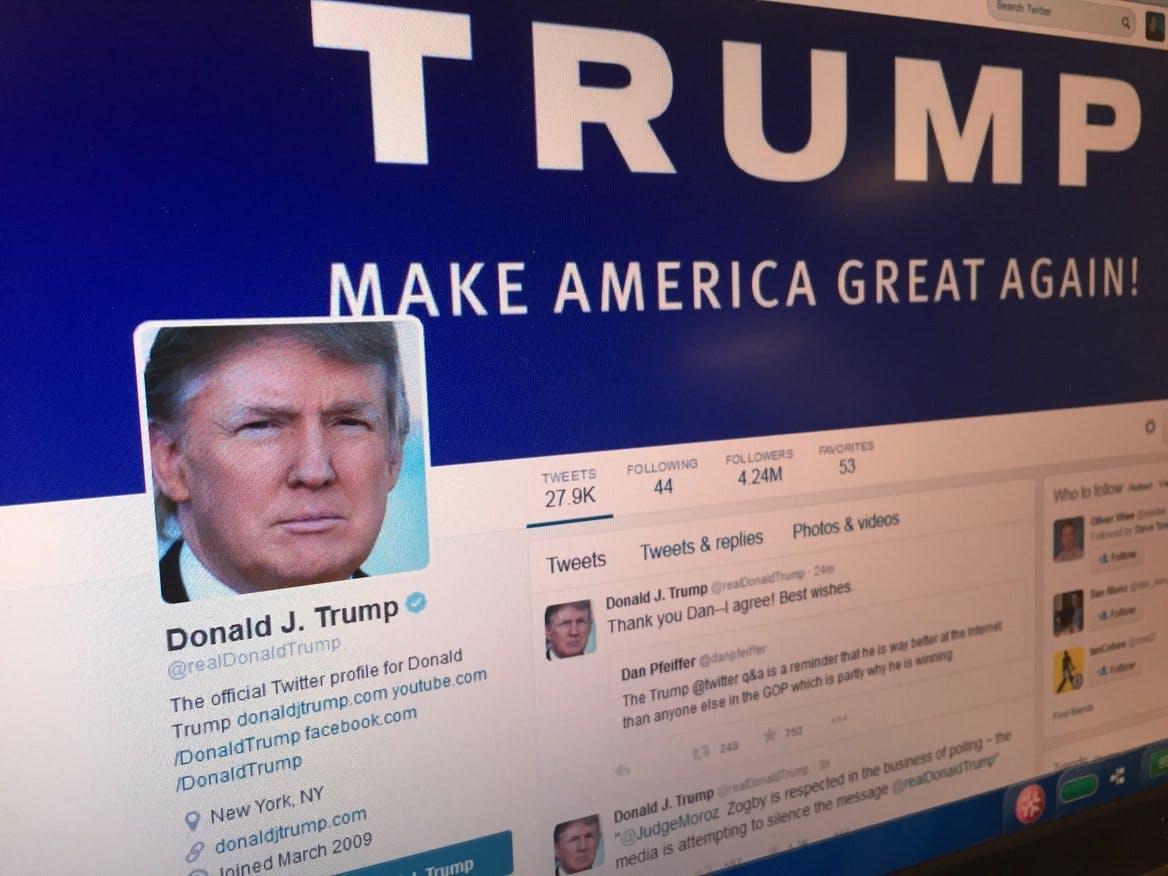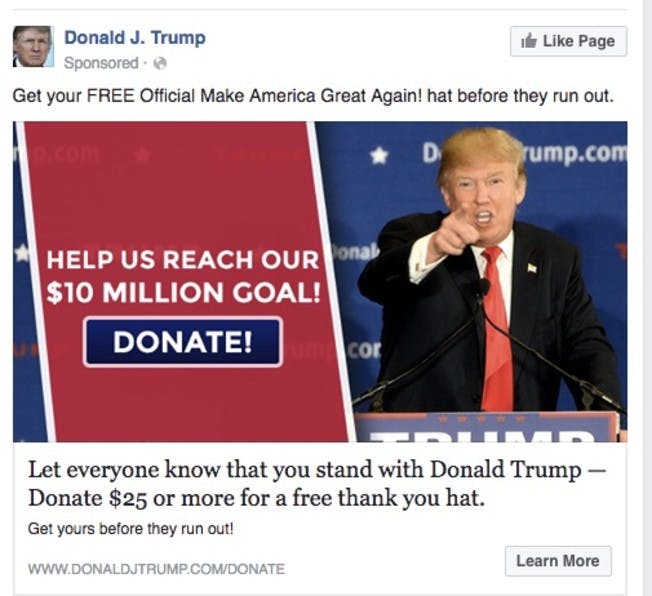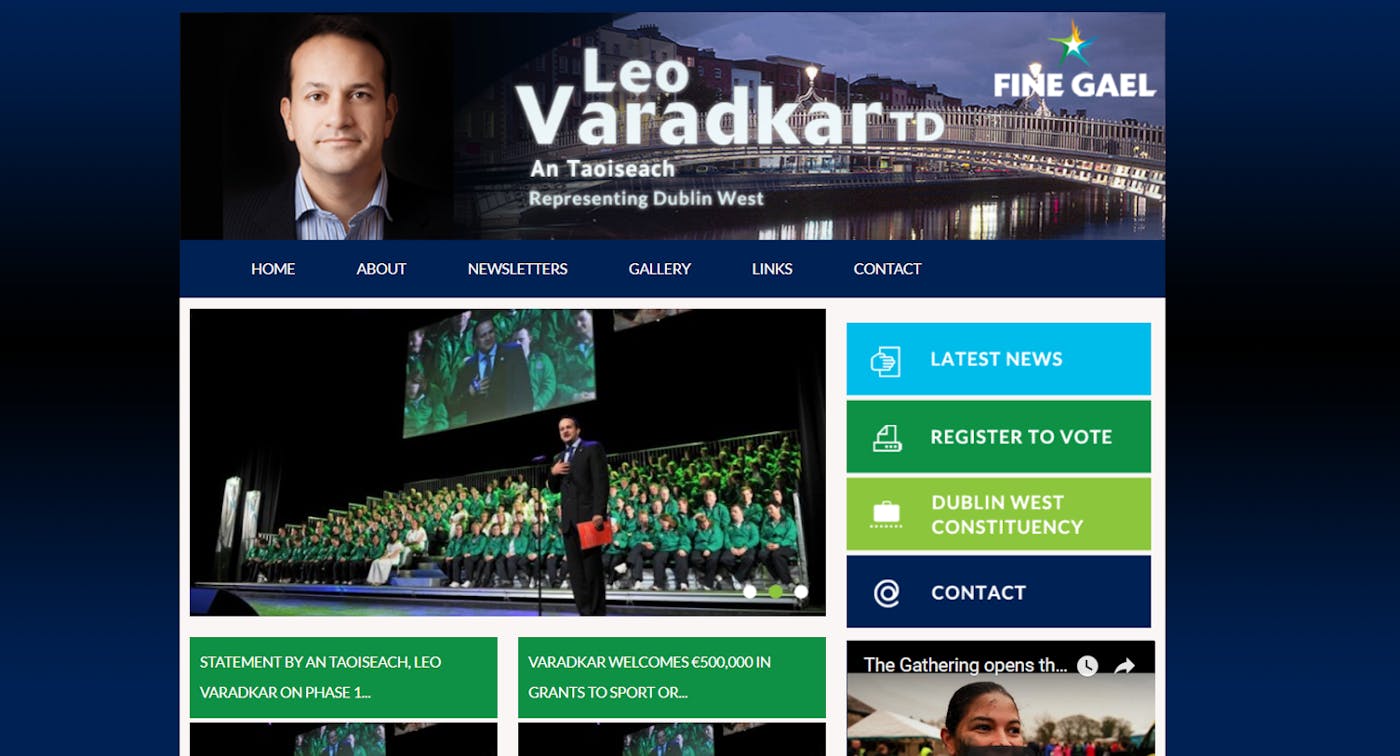Boosting Success with Digital Marketing Services: The Power of Content Marketing Tools
In today’s competitive landscape, digital marketing services have become essential for businesses to build a strong online presence. A key aspect of this process is content marketing, which focuses on creating, distributing, and analyzing content that resonates with target audiences. To achieve measurable success, businesses must leverage effective content marketing tools. From design and SEO to content management and analytics, these tools play a crucial role in elevating digital marketing strategies. Here’s a closer look at some of the top content marketing tools in the industry that can transform digital marketing services and help businesses achieve exceptional results.
1. HubSpot: The All-in-One Solution for Digital Marketing Services
As a comprehensive marketing automation platform, HubSpot provides tools for content creation, social media management, and analytics. It simplifies managing digital marketing services by integrating email marketing, lead tracking, and performance metrics. HubSpot's user-friendly interface allows marketing teams to centralize their efforts, helping agencies streamline campaigns for maximum efficiency.
2. Canva: Visual Content Creation for Engaging Audiences
Canva is a widely-used tool for creating eye-catching visuals, perfect for digital marketing services that require customized and engaging graphics. With templates for social media posts, infographics, and presentations, Canva simplifies the content creation process, empowering marketers to produce professional visuals that boost brand identity and engagement.
3. SEMrush: Data-Driven SEO for Optimized Content
SEMrush is a powerhouse in keyword research and SEO analysis, crucial for content that ranks on search engines. Digital marketing agencies rely on SEMrush to understand competitors’ strategies, analyze keyword trends, and identify SEO opportunities. This tool enhances content marketing efforts by ensuring that content aligns with relevant search terms, attracting organic traffic.
4. ChatGPT: AI-Powered Content Creation
ChatGPT, an AI language model, is increasingly popular in digital marketing services for generating high-quality content quickly. From blog posts to social media captions, ChatGPT helps marketers brainstorm ideas and craft content that aligns with a brand’s voice. For agencies, it’s an efficient tool for scaling content production without compromising quality.
5. Ahrefs: Comprehensive SEO Insights for Competitive Edge
Ahrefs is another top choice for digital marketing agencies focusing on SEO. It provides backlink analysis, keyword tracking, and competitor insights, helping marketers refine their strategies and improve content visibility. Ahrefs is valuable for identifying high-potential keywords and optimizing content to rank higher on search engines.
6. BuzzSumo: Content Discovery and Performance Tracking
BuzzSumo assists digital marketing services in identifying trending topics and measuring content performance. By analyzing social shares and engagement metrics, BuzzSumo helps agencies understand what type of content resonates most with audiences. This tool is ideal for content planning, as it provides insights into the latest trends and successful content formats.
7. CoSchedule: Organizing and Planning Content Marketing Strategies
CoSchedule is a content calendar tool that helps digital marketing agencies plan, schedule, and organize campaigns. With CoSchedule, teams can manage content publishing across various platforms, ensuring consistency in messaging and timing. The platform also offers analytics for tracking content performance, making it a valuable tool for structured content marketing services.
8. Grammarly: Ensuring Content Quality and Professionalism
Quality content is essential in digital marketing, and Grammarly is an indispensable tool for ensuring grammatical accuracy and readability. Whether it’s a blog post, social media content, or an email newsletter, Grammarly enhances content by offering suggestions for clarity, tone, and grammar. This tool is especially helpful for digital marketing agencies focused on producing polished, professional content.
9. Mailchimp: Email Marketing for Targeted Content Distribution
Mailchimp is a leading email marketing platform that supports digital marketing services by enabling personalized content distribution. Agencies can create targeted email campaigns, track open rates, and monitor engagement. Mailchimp’s analytics tools provide insights into campaign performance, allowing marketers to refine their strategies and connect with their audiences effectively.
10. Hootsuite: Social Media Management Made Easy
Hootsuite allows digital marketing agencies to manage multiple social media accounts from a single dashboard. With scheduling features, performance tracking, and audience engagement tools, Hootsuite streamlines social media management. It’s an excellent tool for agencies looking to maintain a consistent presence across platforms and measure the impact of their content.
11. Moz Pro: Enhancing SEO Strategies with Advanced Data
Moz Pro is an SEO tool that supports keyword research, rank tracking, and site auditing, essential components of digital marketing services. It provides actionable insights to help agencies improve website visibility and optimize content for search engines. Moz Pro is particularly useful for content marketing teams focused on creating SEO-driven content.
12. ContentStudio: Content Planning and Curation for Consistent Posting
ContentStudio simplifies content planning and distribution by allowing digital marketing agencies to manage and schedule posts across platforms. With a built-in analytics feature, it helps marketers understand content performance and adjust strategies for better engagement. ContentStudio is ideal for agencies aiming to maintain a steady stream of content.
13. Sprout Social: Building Relationships Through Social Media
Sprout Social is a robust tool for social media management that provides content scheduling, analytics, and customer engagement features. For digital marketing services, it enables agencies to build relationships with followers, analyze engagement, and adjust content strategies based on real-time data. Sprout Social’s features are essential for agencies focused on social media-driven content marketing.
Why Content Marketing Tools Are Essential for Digital Marketing Services
In the world of digital marketing, content marketing tools empower agencies to enhance their strategies, streamline processes, and produce impactful content. With tools like HubSpot for automation, Canva for visuals, and SEMrush for SEO, digital marketing services can cover every aspect of the content lifecycle—from ideation and creation to distribution and analysis.
Selecting the Right Content Marketing Tools for Your Business
Every digital marketing agency has unique needs, and the tools mentioned above cater to different facets of content marketing. For agencies that prioritize SEO, tools like Ahrefs and Moz Pro provide in-depth data. For those focused on email marketing, Mailchimp offers robust analytics and personalization options. Social media managers can benefit from platforms like Hootsuite and Sprout Social for managing multiple accounts and engaging audiences. The key is to choose tools that align with your agency’s goals and help deliver value to clients.
Incorporating these tools into digital marketing services enables agencies to stay ahead in a rapidly evolving industry, creating content that drives results and resonates with audiences. By leveraging the right tools, digital marketing agencies can strengthen their content strategies, boost engagement, and achieve measurable success.












